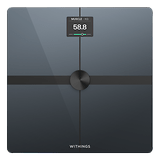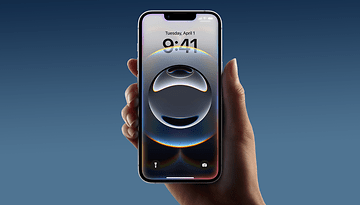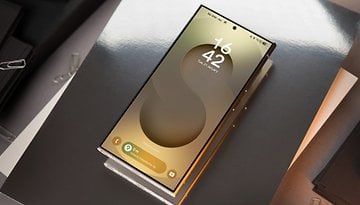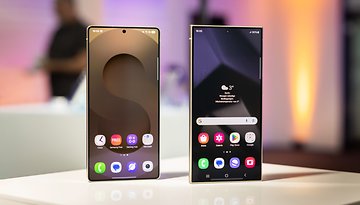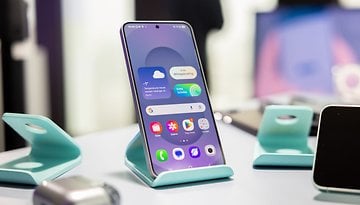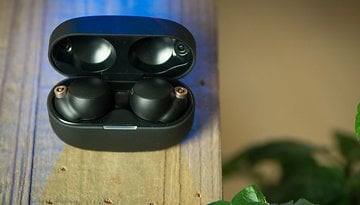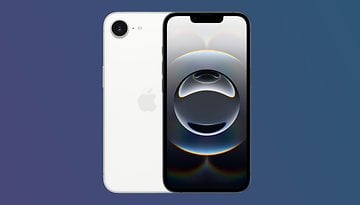Qualcomm ups the game with the Snapdragon 8+ Gen 1 and 7 Gen 1
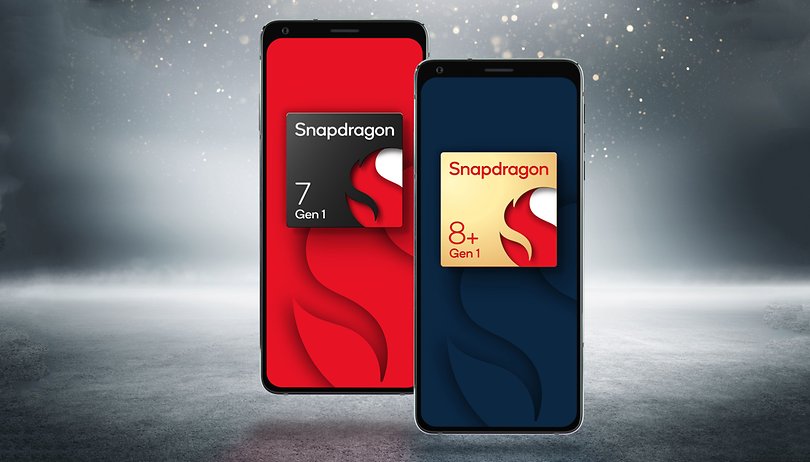

Read in other languages:
Qualcomm announced its new high-end processors for 2022, and the highlight is a revamped model for Android’s flagship SoC: the Snapdragon 8+ Gen 1. Despite the small upgrade usually seen with “+” models, the new chip promises a big leap in energy efficiency.
TL;DR
- Snapdragon 8+ Gen 1 and 7 Gen 1 were announced by Qualcomm.
- New flagship SoC promises 30% better energy consumption.
- Snapdragon 7 Gen 1 is positioned to face the Dimensity and Exynos rivals.
Besides the new 8+ Gen 1, Qualcomm also presented the Snapdragon 7 Gen 1, its new mid-range processor for this year, and its new platform for XR devices: The confusingly named Snapdragon XR2 Gen 1.
- Also read: The best smartphones in the market today
Snapdragon 8+ Gen 1: Flagship evolved
The main announcement is definitely the new top-of-the-line Snapdragon 8+ Gen 1. As the name suggests, the new SoC is an upgraded version of the chip announced late last year, and found in most flagship Android phones in 2022.
Qualcomm managed to squeeze an extra 10% of performance from the current fastest Android SoC, both from the CPU and GPU. More importantly, the Snapdragon 8+ Gen 1 is up to 30% more power-efficient in general and graphic processing when compared to its predecessor.
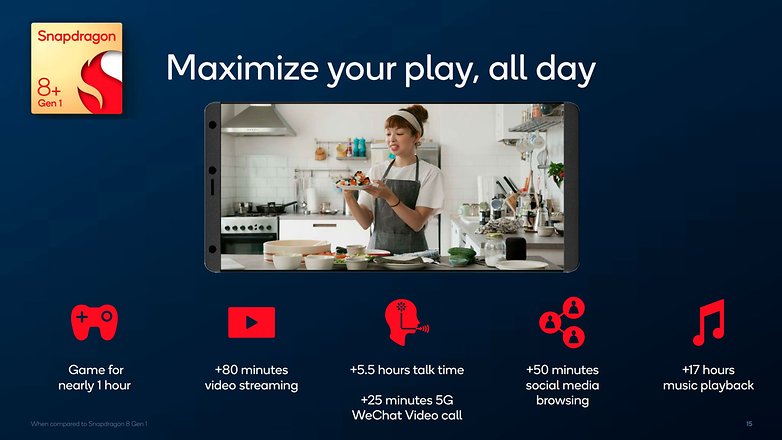
Such efficiency improvement is unheard of in Qualcomm’s “+” models, which usually only bring a slight overclock while keeping (or worsening) energy consumption. In the same line, the part number (or codename) got a big bump from SM8450 to SM8475, instead of the usual “AB” or “AC” suffix, like in the Snapdragons 865+ and 870 (SM8250-AB & AC, from the original SM8250 adopted by the original 865).
With the Snapdragon 8+ Gen 1 still using a “4 nm” manufacturing process, the efficiency improvement and codename change strongly hint at Qualcomm migrating from Samsung Foundry to TSMC as the manufacturing partner.
Better power efficiency should not only improve battery life but may also fix the thermal throttling and overheating issues found in many flagship phones in 2022.
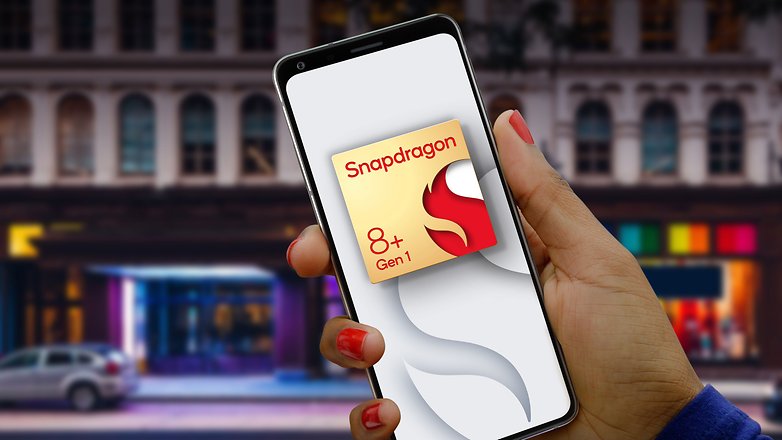
Regarding specs, the Snapdragon 8+ Gen 1 uses the same processing blocks as the regular model, with eight CPU cores, the Adreno GPU, Snapdragon X65 5G modem with support for up to 10 Gbps downlink, Wi-Fi 6E support, and the Spectra image processor (ISP) for up to 200 megapixels photos.
The Snapdragon 8+ Gen 1 will arrive in phones expected to launch in Q3 2022, from brands including Asus, Black Shark, Honor, iQOO, Lenovo, Motorola, Nubia, OnePlus, Oppo, Osom, Realme, RedMagic, Redmi, Vivo, Xiaomi, and ZTE, basically every brand not called Apple, Sony, or Samsung.
Snapdragon 7 Gen 1: Gaming and photo upgrades
For the mid-range market, Qualcomm will offer the Snapdragon 7 Gen 1 SoC, the successor to the very popular 778G and 768G processors. The intermediate chip has a difficult task ahead, with models from rivals MediaTek and Samsung getting very competitive in this segment.
To keep up with the market demands, the 7 Gen 1 promises 20% faster gaming performance over the 778G, thanks to the (unnamed) Adreno GPU. Also worth noting is the upgrade to the ISP, now capable of capturing photos at up to 200 megapixels, or from three different cameras simultaneously.
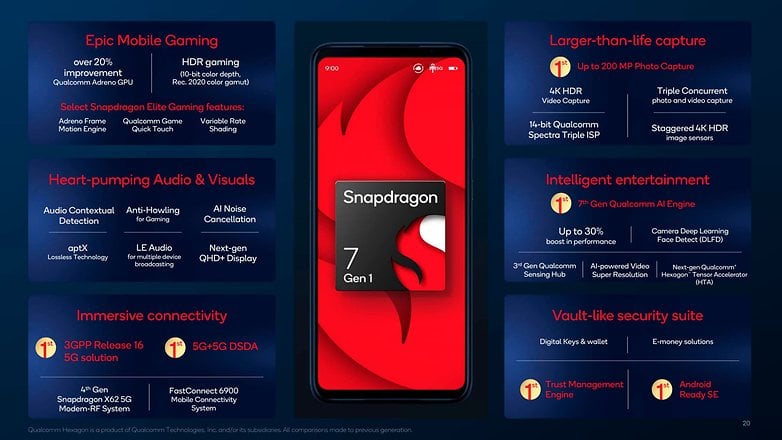
The Snapdragon 7 Gen 1 is also compatible with 5G networks — up to 4.4 Gbps downlink — and its wireless capabilities include Wi-Fi 6E and Bluetooth 5.3.
The new mid-range processor is fabbed in an undisclosed 4 nm process, and phones powered by the Snapdragon 7 Gen 1 are expected to launch in Q2 2022, from brands like Honor, Oppo, and Xiaomi.
- Try this out: The best smartphone cameras on the market
Snapdragon XR2 reference platform for the Metaverse
With the hype around the Metaverse still going strong, Qualcomm also announced its Snapdragon XR2 Gen 1 reference design. Although not a consumer device, the design looks ready to be rebranded and sold by OEMs, with a 40% thinner profile and better weight distribution.
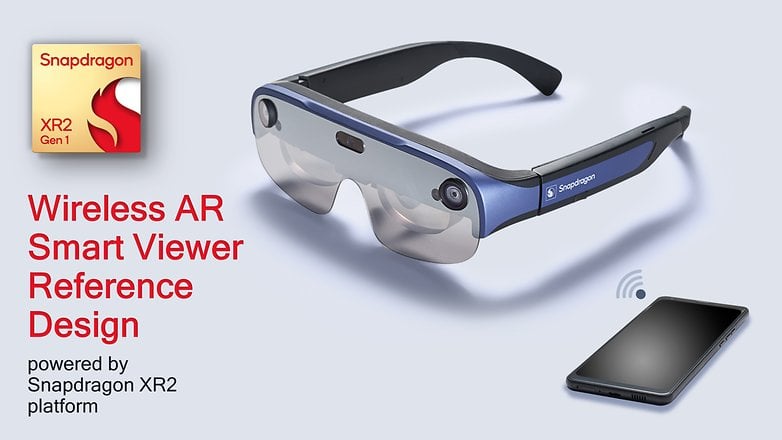
Instead of the big, boxy, square glasses we are accustomed to seeing in the VR space, the reference design looks closer to a sleek AR concept.
To achieve this, the glasses pair with a smartphone using 5 or 6 GHz Wi-Fi to offload computing tasks, receiving the rendered frames. That not only saves on space for the SoC components but also battery consumption.
Qualcomm is sampling the Snapdragon XR2 reference design to interested partners, and the company expects to see commercial products based on it in the coming months.
We are eager to test Qualcomm's claims of better performance and efficiency for both Snapdragon SoCs. Leave a comment saying which component are you most interested in seeing on store shelves.
